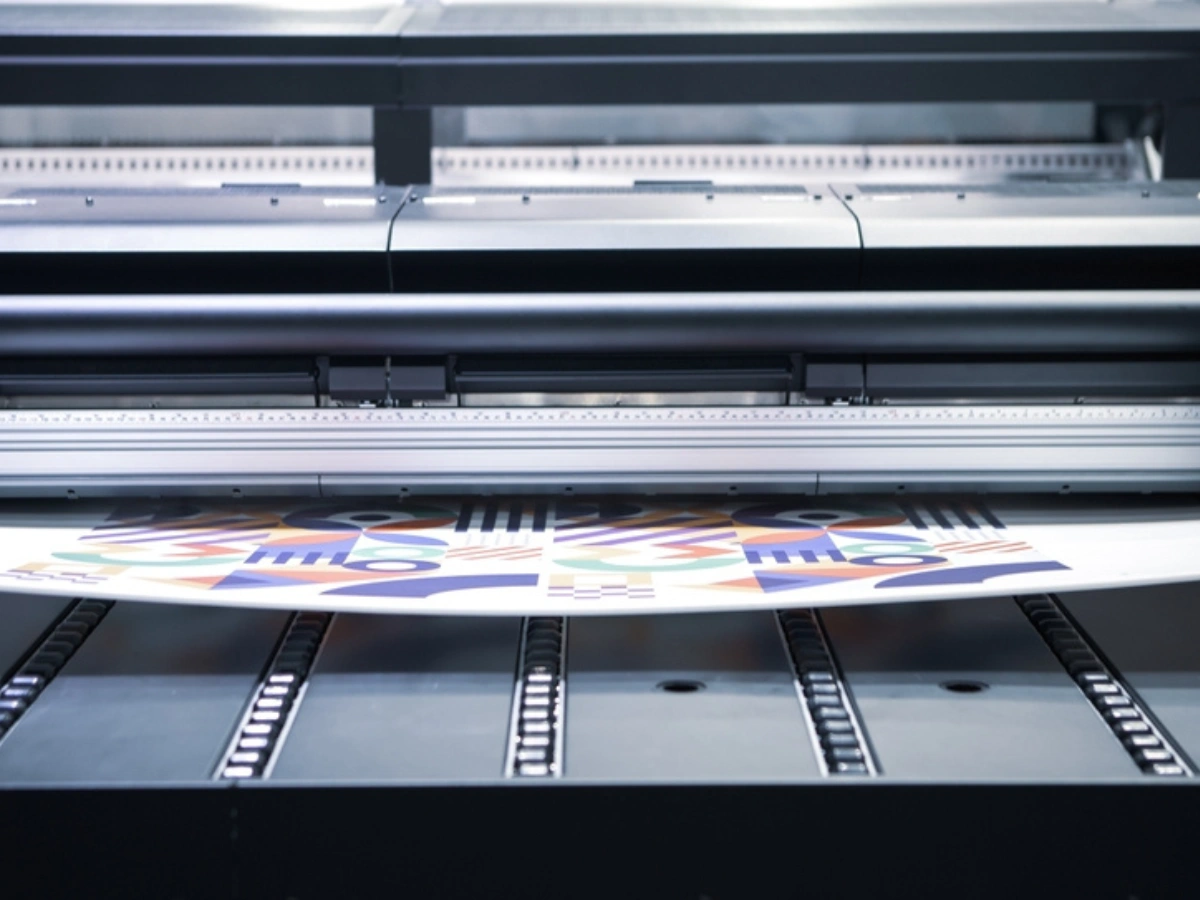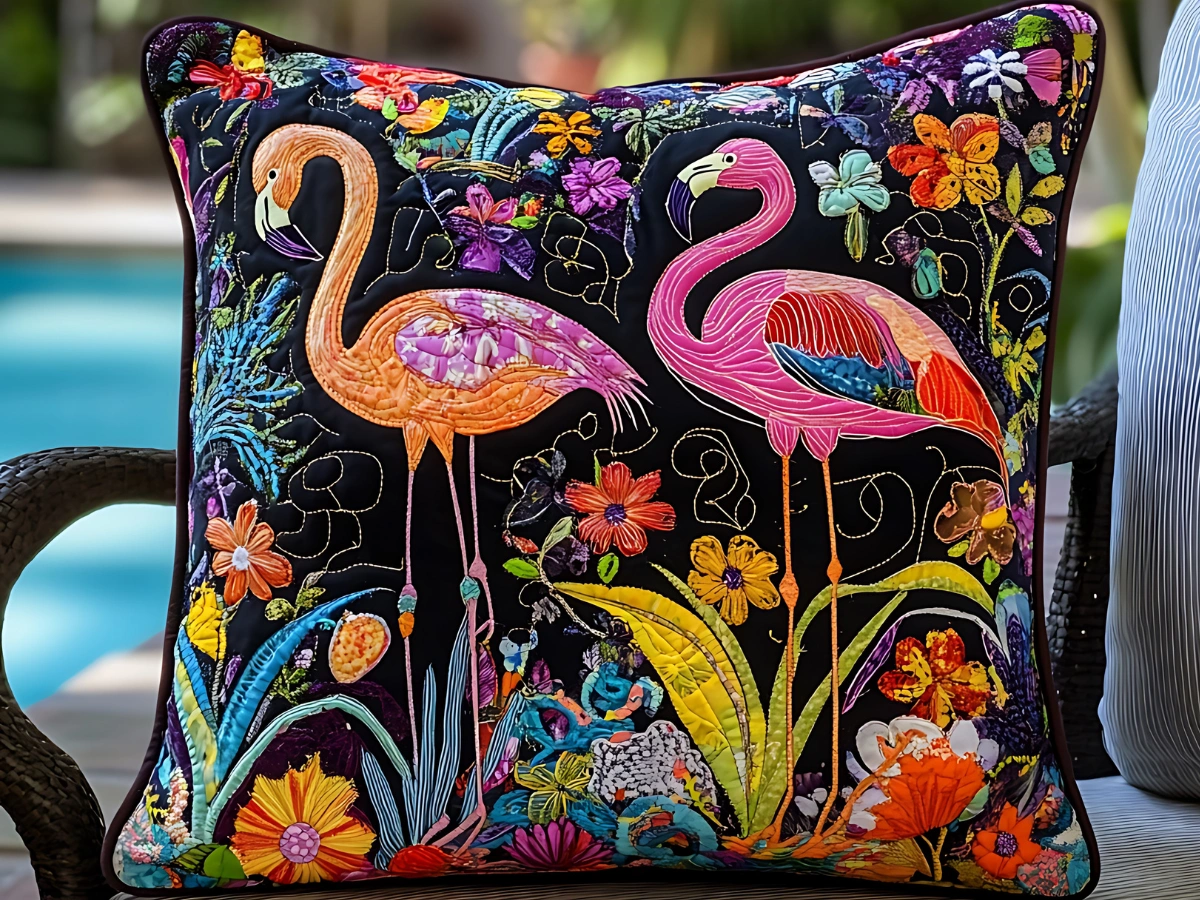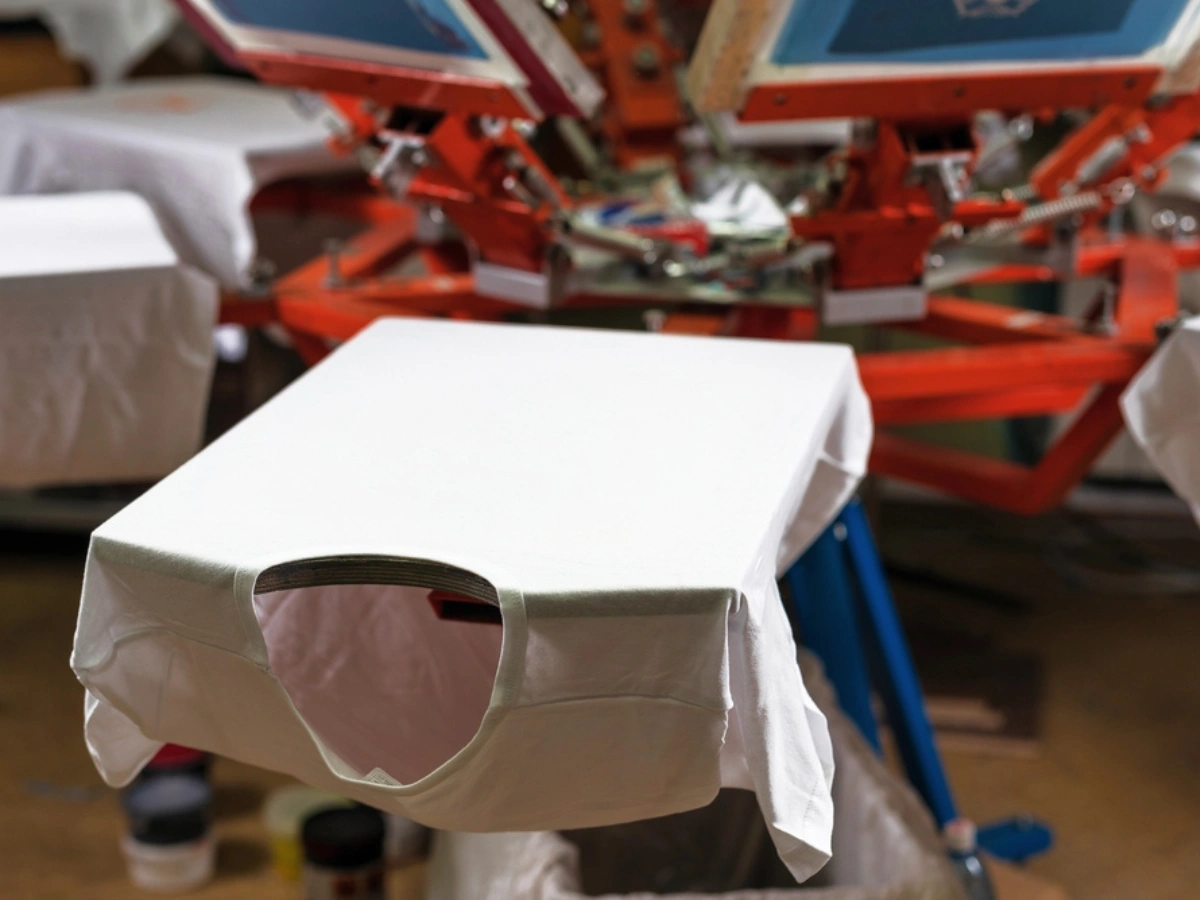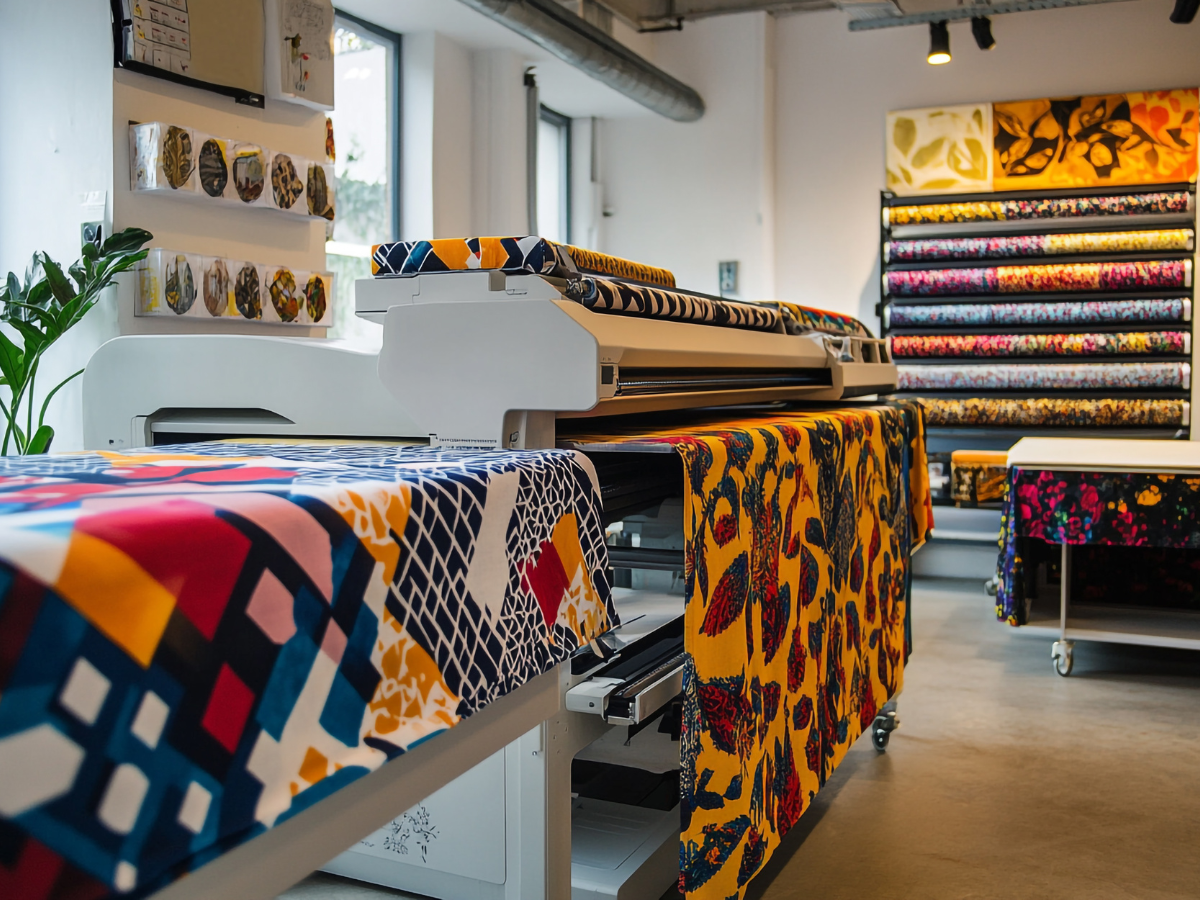Stitching, whether by hand or machine, is an invaluable skill in the world of fashion and clothing. From simple repairs to intricate alterations, mastering the art of stitching empowers individuals to customize, repair, and create garments that fit their unique style and body shape. In this blog post, we’ll explore the importance of stitching in clothing, techniques for stitching clothing by hand and machine, common alterations, and tips for beginners looking to embark on their stitching journey.
Stitching in Clothing:
Stitching plays a crucial role in the construction and longevity of clothing. Whether it’s securing seams, attaching buttons, or hemming edges, stitches hold garments together and ensure they withstand the test of time. Additionally, stitching allows for customization and personalization, enabling individuals to tailor clothing to their preferences and create one-of-a-kind pieces.
Stitching Techniques: Hand vs. Machine Stitching
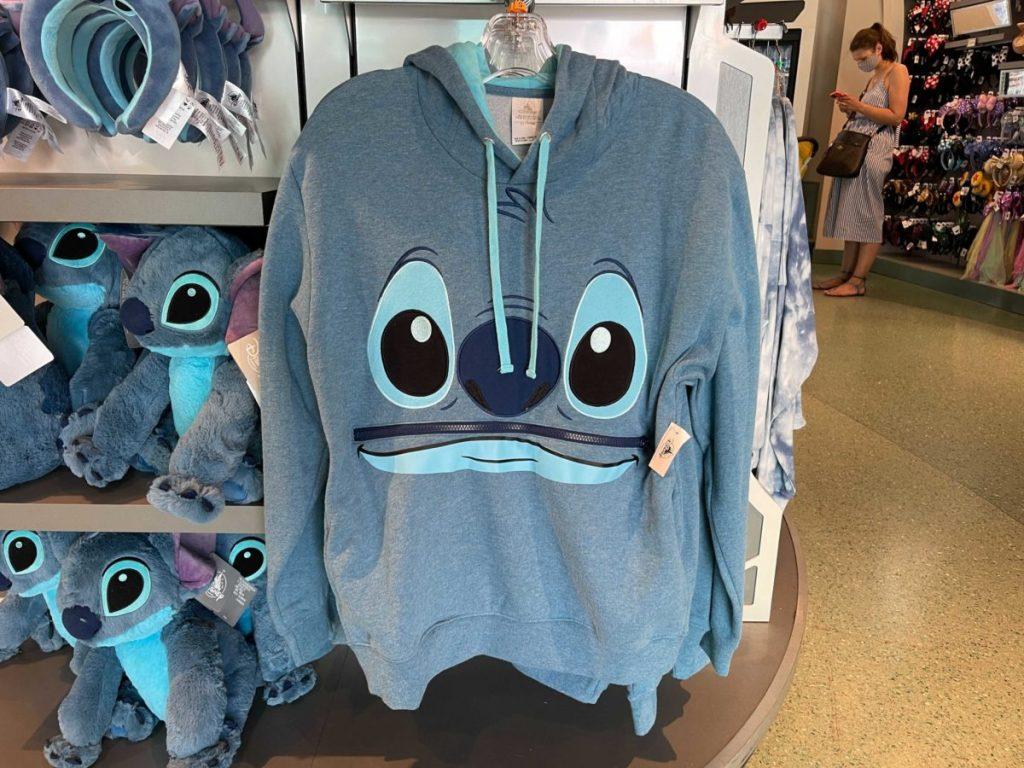
Hand Stitching:
Hand stitching is a traditional method of sewing that offers precision and control. Common hand stitching techniques include:
- Running Stitch:
- A basic stitch where the needle is passed in and out of the fabric in a straight line.
- Backstitch:
- A strong and durable stitch often used for seams and repairs, characterized by overlapping stitches.
- Whip Stitch:
- A stitch used to seam edges together, commonly seen in hemming and finishing raw edges.
- Blanket Stitch:
- A decorative stitch used to prevent fabric edges from fraying, often seen in appliqué and embroidery.
Machine Stitching:
Machine stitching, powered by sewing machines, offers speed and efficiency for larger sewing projects. Common machine stitches include:
- Straight Stitch:
- The most basic machine stitch, used for seams, topstitching, and understitching.
- Zigzag Stitch:
- A versatile stitch that can be used for seam finishing, appliqué, and decorative edging.
- Overlock Stitch:
- Also known as a serger stitch, it creates a professional finish by trimming and enclosing raw edges simultaneously.
- Buttonhole Stitch:
- A specialized stitch for sewing buttonholes, typically programmed into modern sewing machines.
Common Clothing Alterations:
- Hemming:
- Adjusting the length of pants, skirts, or sleeves by folding and stitching the fabric.
- Taking In or Letting Out:
- Altering the width of a garment to achieve a better fit.
- Seam Repair:
- Reinforcing or re-stitching seams that have come undone.
- Dart Adjustment:
- Tailoring garments to fit the contours of the body by adding or adjusting darts.
- Button and Zipper Replacement:
- Replacing broken or worn-out buttons and zippers to extend the life of garments.
Tips for Beginners:
- Start with Simple Projects:
- Begin with small, manageable projects like repairing a torn seam or hemming pants before tackling more complex alterations.
- Practice Consistently:
- Like any skill, stitching improves with practice. Dedicate time to regular practice sessions to hone your stitching techniques.
- Invest in Quality Tools:
- Invest in basic sewing tools such as needles, thread, scissors, and a sewing machine (if desired) to set yourself up for success.
- Learn from Tutorials and Resources:
- Take advantage of online tutorials, books, and sewing classes to expand your knowledge and learn new techniques.
- Don’t Be Afraid to Experiment:
- Don’t be afraid to experiment with different stitches, fabrics, and techniques to discover what works best for you.
The Artistry of Stitch Clothing:
Stitch clothing, also known as tailored or stitched garments, represents a departure from mass-produced apparel, prioritizing quality over quantity and individuality over uniformity. Unlike fast fashion items churned out by machines, stitch clothing is meticulously crafted by skilled artisans who imbue each piece with character and charm.
Precision Tailoring and Clothing:
At the heart of stitch clothing lies the art of precision tailoring. Every seam, fold, and stitch is executed with precision, resulting in garments that fit impeccably and flatter the wearer’s silhouette.
Whether it’s a bespoke suit, a tailored dress, or a hand-stitched blouse, the attention to detail in stitch clothing elevates the wearer’s style and exudes an air of sophistication.
Quality Craftsmanship:
Stitch clothing prioritizes quality craftsmanship, with an emphasis on using premium materials and techniques that stand the test of time.
From luxurious fabrics sourced from around the world to time-honored stitching methods passed down through generations, each element of a stitch garment reflects a commitment to excellence.
Customization and Personalization:
One of the key attractions of stitch clothing is the opportunity for customization and personalization. Unlike off-the-rack apparel, which offers limited options for customization, stitch garments can be tailored to suit the wearer’s unique preferences.
Whether it’s selecting the perfect fabric, adjusting the fit, or adding bespoke details, stitch clothing allows individuals to express their style and personality with precision.
BlueVision: Redefining Stitch Clothing for the Modern Era:
At BlueVision, we’re passionate about preserving the artistry of stitch clothing while infusing it with a contemporary flair that resonates with today’s discerning consumers. Our vision is to offer a curated selection of stitch garments that marry traditional craftsmanship with modern aesthetics, ensuring that each piece reflects our commitment to quality, innovation, and style.
Quality Materials:
At BlueVision, we believe that the foundation of exceptional stitch clothing lies in the quality of materials. That’s why we source only the finest fabrics and materials, ensuring that every garment meets our exacting standards for comfort, durability, and style.
Whether it’s sumptuous silk, soft cotton, or luxurious wool, each fabric in our collection is carefully chosen for its superior quality and performance.
Artisanal Craftsmanship:
Central to the BlueVision ethos is a reverence for artisanal craftsmanship. We partner with skilled artisans who bring decades of experience and expertise to every stitch, ensuring that each garment is a testament to their dedication and skill.
From hand-sewn buttonholes to intricate embroidery, the artistry of our craftsmen shines through in every detail, creating garments that are as beautiful as they are well-made.
Contemporary Designs:
While we cherish the traditions of stitch clothing, we also embrace innovation and creativity in our designs. Our collection features a blend of timeless classics and contemporary styles, ensuring that there’s something for every taste and occasion.
Whether you’re looking for a sleek tailored suit for the boardroom or a statement-making dress for a special event, BlueVision offers a diverse range of designs that reflect the latest trends and timeless elegance.
Conclusion:
Stitching clothing is a timeless art form that empowers individuals to express their creativity, personalize their wardrobe, and breathe new life into old garments. Whether you’re a seasoned seamstress or a novice enthusiast, mastering stitching techniques opens up a world of possibilities for customizing, repairing, and creating clothing that reflects your unique style and personality. With dedication, practice, and a willingness to learn, anyone can become proficient in the art of stitching and embark on a fulfilling journey of self-expression through clothing.

